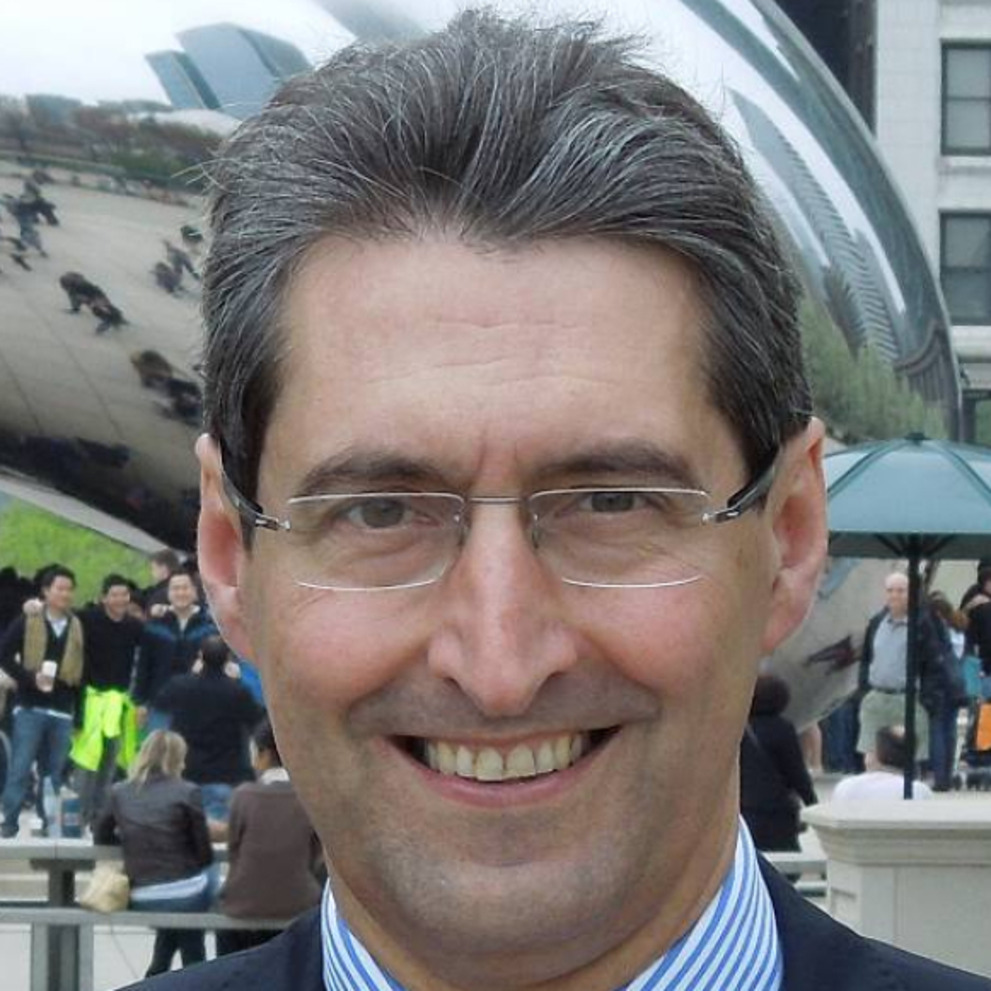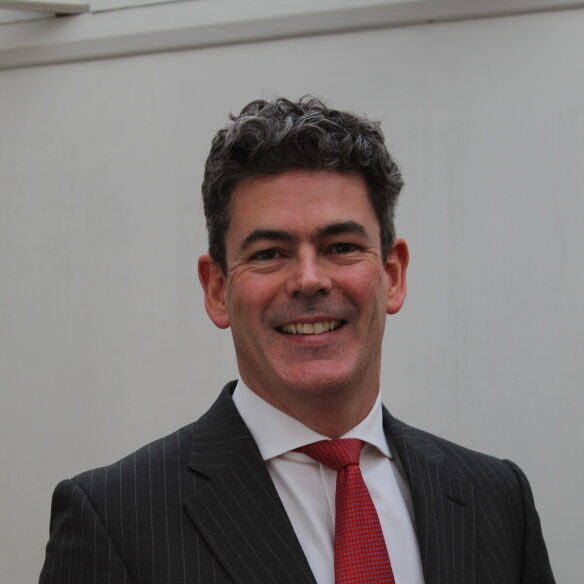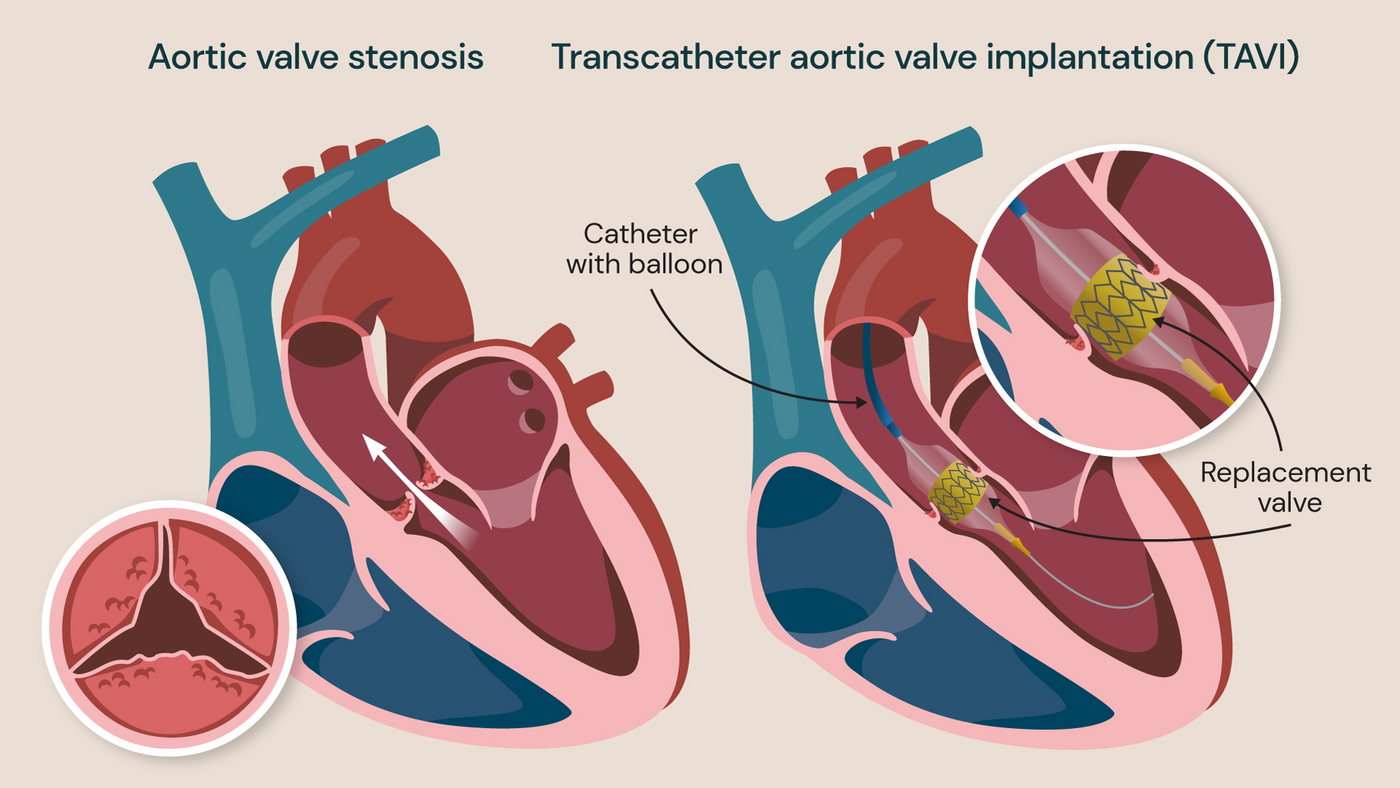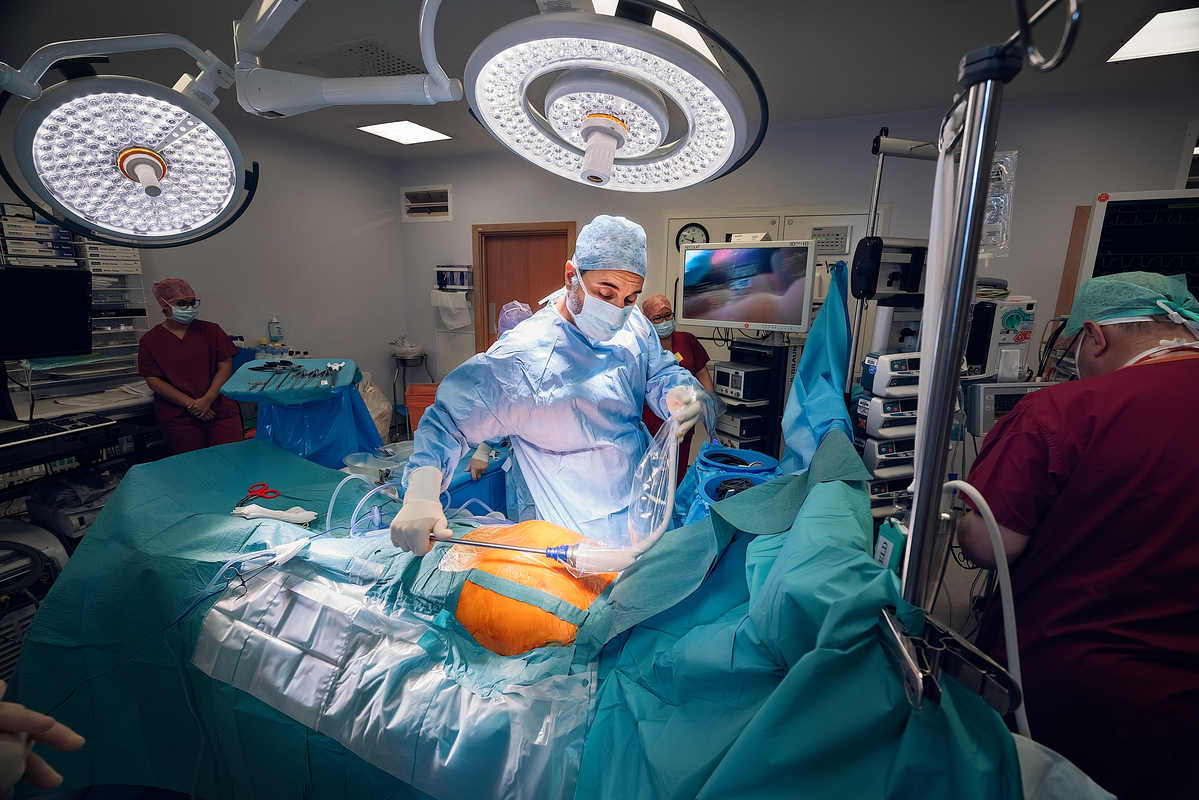New findings from a multi-national clinical trial, published in the Journal of the American College of Cardiology (JACC) and authored by our consultant cardiologist, Dr Jonathan Hill, shows that patients with an advanced form of coronary artery disease can benefit from a treatment using sonic pressure waves to break up problematic calcium in the walls of coronary arteries.
Dr Hill was the trial’s co-principal investigator and has trained cardiologists on the innovative procedure across the world.
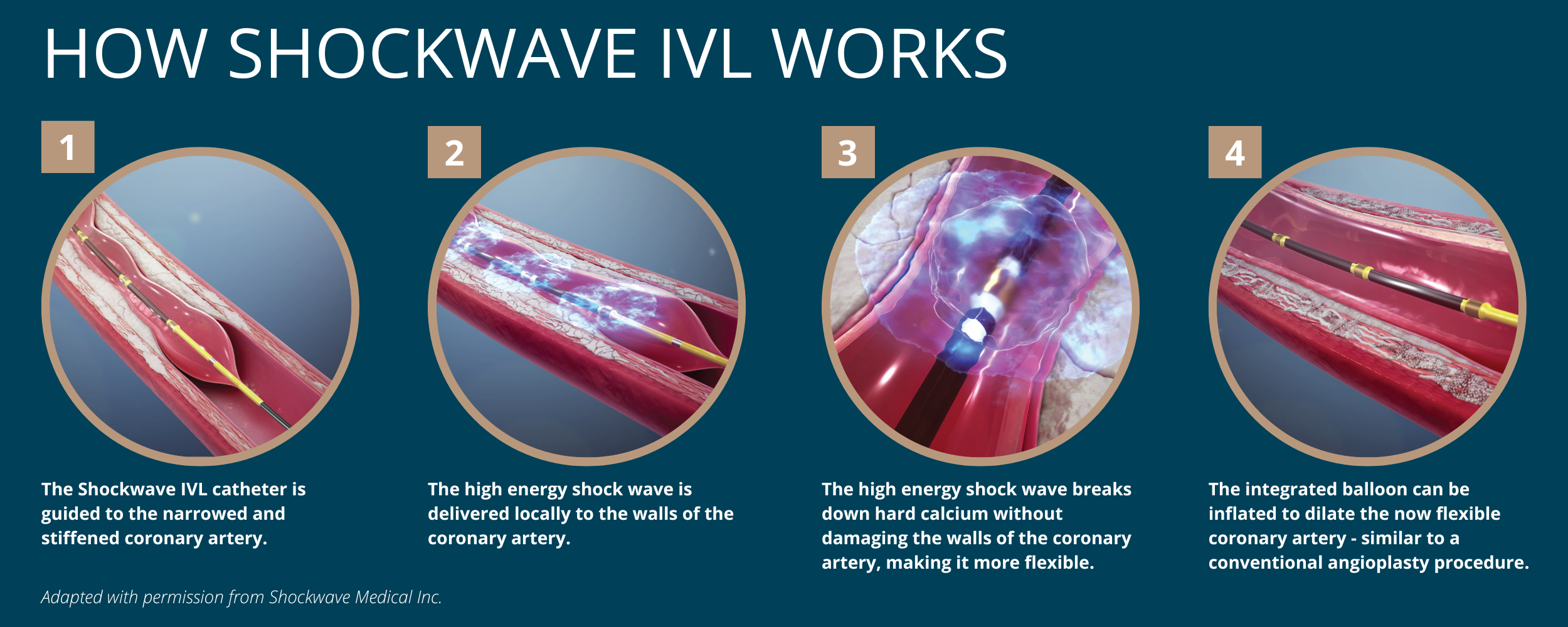
How Shockwave IVL works
Calcification prevents existing coronary interventions from working
Coronary artery calcification (CAC) can result in increased stiffness, preventing arteries from dilating to their full capacity and so reducing oxygen supply to the heart. Left untreated, this can greatly increase the risk of future adverse cardiovascular events.
CAC is age- and gender-dependent, with 10-15% of patients with significant coronary stenosis having enough calcium to prevent optimal plaque dilatation and stent expansion. Diabetes mellitus, chronic kidney disease and a high BMI may also increase the risk of calcification.
There is a range of percutaneous coronary interventions (PCI) available to widen narrowed arteries and enable the placement of stents to improve blood flow. However, calcification can limit the success of existing procedures.
For example, the force applied by balloon angioplasty to vessel walls may not be sufficient to fracture calcium and enable a stent to be fully expanded – reducing its success in preventing restenosis. The calcification may also increase the risk of vessel dissection and acute vessel closure.
Other PCI techniques – orbital and rotational atherectomy – are available to specifically remove CAC. They scrape away hard, superficial calcified tissues in coronary arteries whilst sparing softer elastic tissues, to increase blood vessel compliance for a stent to be fully expanded. However, the techniques create fragments which can induce slow blood flow, cause an embolism further downstream and result in peri-procedural myocardial infarction.
An innovative solution using an old technology
With existing PCI techniques limited in their ability to safely and successfully dilate calcified coronary arteries, an entrepreneurial team of three came together to develop an innovative device to tackle calcification with a technology that has long existed.
In 2007, Daniel Hawkins, a businessman, and John Adams, an electrical engineer (who worked on early pacemakers), were working at a medical incubator to service unmet medical needs with new technology. It is here they discovered the application of lithotripsy in tackling problematic calcium in the cardiovascular system.
Lithotripsy has been used for over 30 years in medicine to safely fragment kidney and gallbladder stones, facilitating their excretion without harming soft tissues. An electrical current is used to generate a spark which vapourises fluid to produce powerful pressure waves that travel safely through the body’s soft tissues at the speed of sound, breaking up denser kidney stones.
Teaming up with Stanford University cardiologist and bioengineer, Professor Todd Brinton, they experimented with a new lithotripsy device they developed to tackle CAC. They discovered their device could crack calcium-rich eggshells whilst leaving their membranes intact – which is much like the endothelium of a blood vessel. They, therefore, had a proof-of-concept for cardiovascular applications.
Fast-forwarding to today and after several successful, international clinical trials, Shockwave intravascular lithotripsy (IVL) is now available as a PCI to safely and successfully treat patients with moderate-to-severe CAC.
Shockwave IVL
The device is composed of a fine 0.014-inch guidewire with an array of lithotripsy emitters enclosed in an integrated balloon. This enables clinicians to use the same minimally invasive technique as balloon angioplasty to get directly to the site of calcified lesions and transmit the sonic pressure waves to the blood vessel wall, to fracture calcium and make the arteries easier to dilate.
The Disrupt CAD III trial, facilitated and co-ordinated by Dr Hill, enrolled 384 patients at 47 sites in the United States, France, Germany, and the UK. The trial aims to generate the data needed to obtain approval from the US Food and Drugs Administration to use Shockwave IVL to treat patients in the US.
Royal Brompton’s cardiology team has been pivotal in leading research into this new technology’s effectiveness both in the UK and Europe in recent years, which has led to the technology being trialled for use in the US. Professor Carlo Di Mario, honorary consultant cardiologist, was the co-principle investigator of earlier Disrupt CAD I and II studies that trialled the new Shockwave IVL technology on patients across the UK and Europe. Dr Hill was also an investigator on these studies.
Dr Hill said:
“I am delighted to have been part of this important global trial. The results of this study show that the procedure is safe and effective for patients with moderate to severe calcification. It will make a huge difference to clinicians’ treatment of coronary artery disease. It also has quick recovery times for the patient, which is key.”
